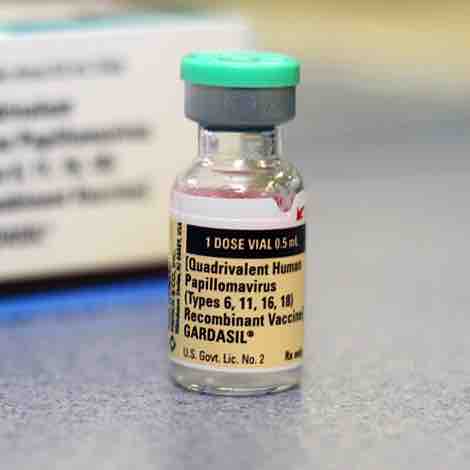National Immunization Programs
The implementation of large-scale, comprehensive national immunization programs, and the considerable successes that were achieved in the eradication of smallpox and the reduction of polio, measles, pertussis, tetanus, and meningitis, were among the most notable achievements of the 20th century. Even in the poorest countries, immunizations have been able to achieve significant progress in disease control. There is good reason to expect that these advances will be sustained and will progress even further in the 21st century.
Vaccines for Infectious Diseases
A number of new vaccines with major potential for controlling infectious diseases have just been licensed or are at advanced stages of development. Among the illnesses targeted are rotavirus diarrhea, pneumococcal disease, and cervical cancer (as caused by human papillomavirus), which together kill more than a million people each year, most of them in developing countries.
In addition to these efforts against global diseases, progress is being made on a vaccine for the regional menace posed by meningococcal meningitis serogroup A, which causes frequent epidemics and high death rates and disability in African countries south of the Sahara. Continuing intensive efforts are under way to develop effective vaccines for AIDS, malaria, tuberculosis, dengue, leishmaniasis, and enteric diseases, among others and to adapt new technologies to improve formulation and delivery. The World Health Organization (WHO) facilitates the development of vaccines against infectious diseases of major public health importance, helps improve existing immunization technologies, and ensures that these advances are made available to the people who need them the most.

Human papillomavirus vaccine
Gardasil is a human papillomavirus vaccine on the market and it protects against HPV-16 and HPV-18 which cause 70% of cervical cancers, 80% of anal cancers, 60% of vaginal cancers, and 40% of vulvar cancers.